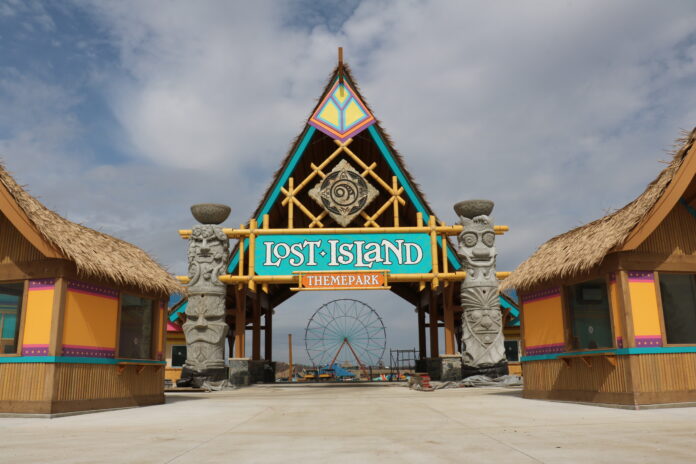Midwestern team helps design and build a new theme park in the USA
by Martin Palicki
Listen to our interview with Lost Island’s Eric Bertch on InPark Tracks
Iowa: Land of corn, the Iowa caucuses, Field of Dreams, and now home to a volcano rising out of a soybean field. Since 2001, Waterloo, Iowa, (population: 67,671) has been home to Lost Island Waterpark, a Polynesian-themed waterpark owned and operated by the Bertch family. The Bertches ran a successful cabinetmaking business for decades before launching into the waterpark business, and though they may not have known it at the time, they were following a time-tested formula for successful attraction development: start small and grow.
Waterparks are often a smarter investment for smaller markets. With lower start-up costs, revenue can quickly recoup expenditures and allow for additional growth. In the case of Lost Island, it led to opening a second gate, also a proven method for extending guest length-of-stay and increasing per-cap spending. Lost Island Themepark opened on June 18, 2022, transforming a soybean field into a highly themed and detailed park – full of rides, and with an multi-layered, interactive backstory.
The entire Lost Island project actually got started thanks to another venerable Midwestern institution: the self-proclaimed Waterpark Capital of the World, the Wisconsin Dells.
A team of well-established Midwestern professionals helped turn the Bertch family’s park vision into reality. BDR Design Group, Weber Group and Bleck & Bleck Architects managed design, engineering, construction and theming for the new park, while dealing with some impressive challenges that cropped up along the way.
“After a family trip to the Dells in 1994, my father and grandfather decided they wanted to bring a similar type of amenity to our region,” explains Lost Island General Manager Eric Bertch. “They figured with a longer summer season than central Wisconsin it would work for Waterloo.”
They were right. The family bought farmland on the south end of the city in 1996 and began construction in 1998. Following the 2001 opening, the initial years were challenging as the Bertches learned the ins and outs of park operation. But by 2010 the park had become firmly established in the community and the family started to think about what might come next. They considered an indoor waterpark, FEC facility, ropes course and other ideas before settling on a theme park.
“The research that we had done showed that in locations that had both a waterpark and a dry park, the dry park brought in a minimum of four times the number of visitors,” says Bertch. “That was a pretty compelling argument.”
Planning kicked into high gear in 2016. Construction on Lost Island Themepark began in 2019.
Building a team
A key connection for the Bertches in building the initial waterpark was BDR Design Group in Cincinnati, Ohio. The positive relationship and collaboration led the Bertches to return to BDR when planning the theme park.
“We’ve worked with BDR for 25 years and they’ve always been great,” says Bertch. “Their excitement for the project was really infectious and they helped us come up with new ideas as well.”
BDR specializes in design consulting for leisure attractions, everything from theme parks and resorts to museums and retail spaces. They got their start in the 1980s on projects for Kings Island, Kings Dominion and Carowinds, three parks owned at the time by Taft Broadcasting. Bruce Robinson, President of BDR, says that they have developed “an innate sense of design and efficiency principles that results in an exceptional guest experience.”
BDR Design Group was responsible for developing the master plan for the park including the theme and storyline concept, as well as schematic and design development for the entire Lost Island Themepark. They also worked with ride manufacturers, the architect and the thematic contractor on incorporating theming elements into the attractions.
BDR also understands the critical importance of team culture in building attractions and parks. “We all play our part in a project,” says Robinson, “and it’s that group collaboration that gets projects to the finish line.”
For Lost Island, BDR introduced the Bertches to Weber Group. Weber, in turn, brought Bleck & Bleck Architects to the team. Weber was contracted as the Construction Manager for the park and as the theming contractor. “They have our full company effort behind this project,” says Max Weber, Chief Marketing Officer for Weber Group.
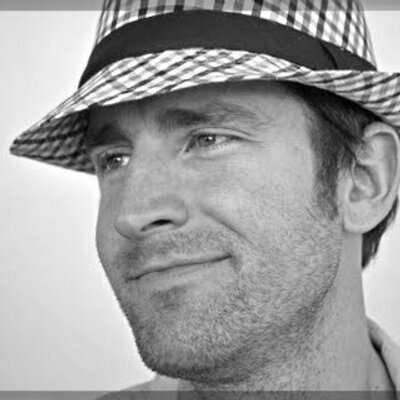


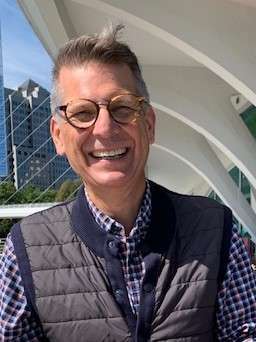

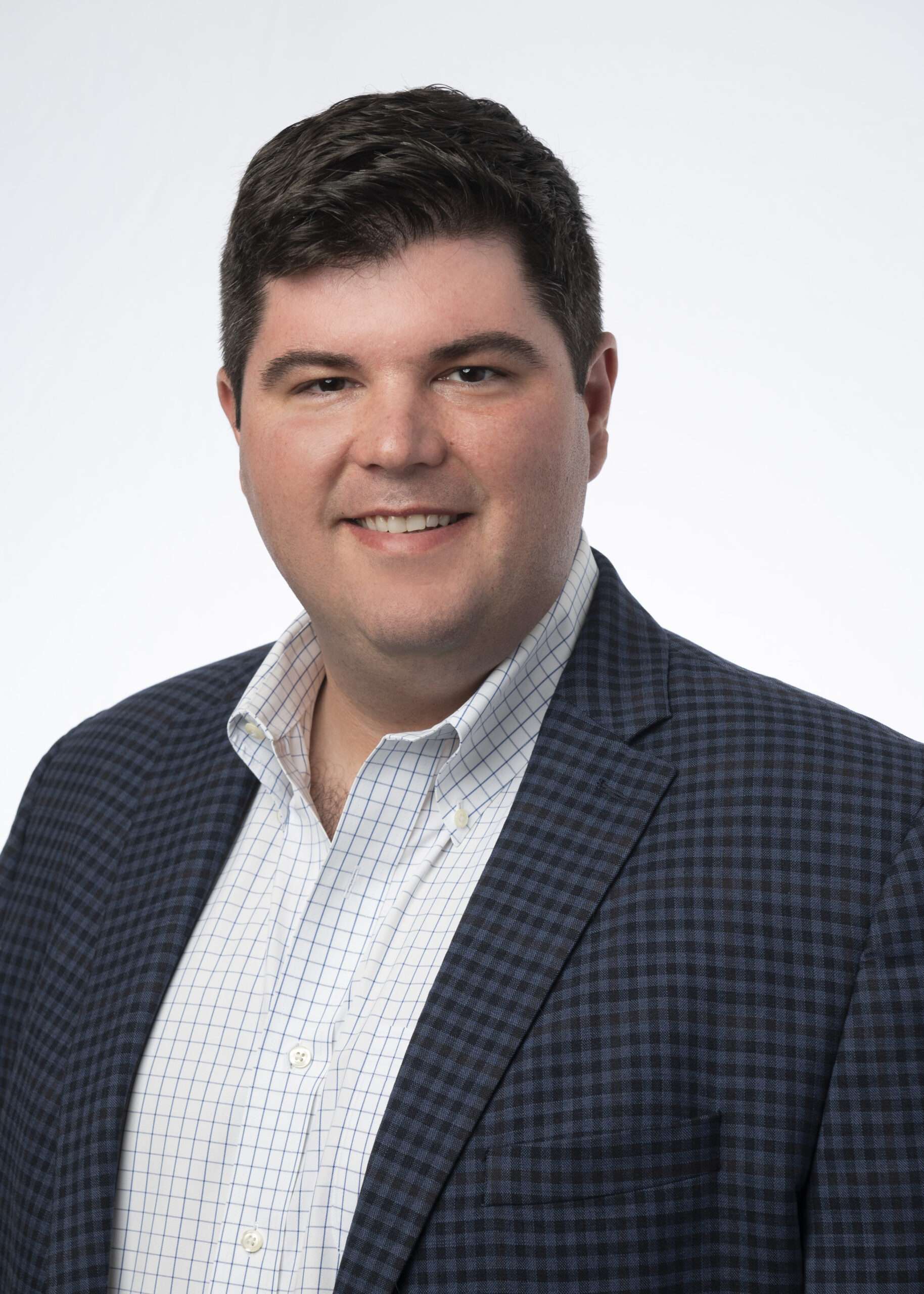
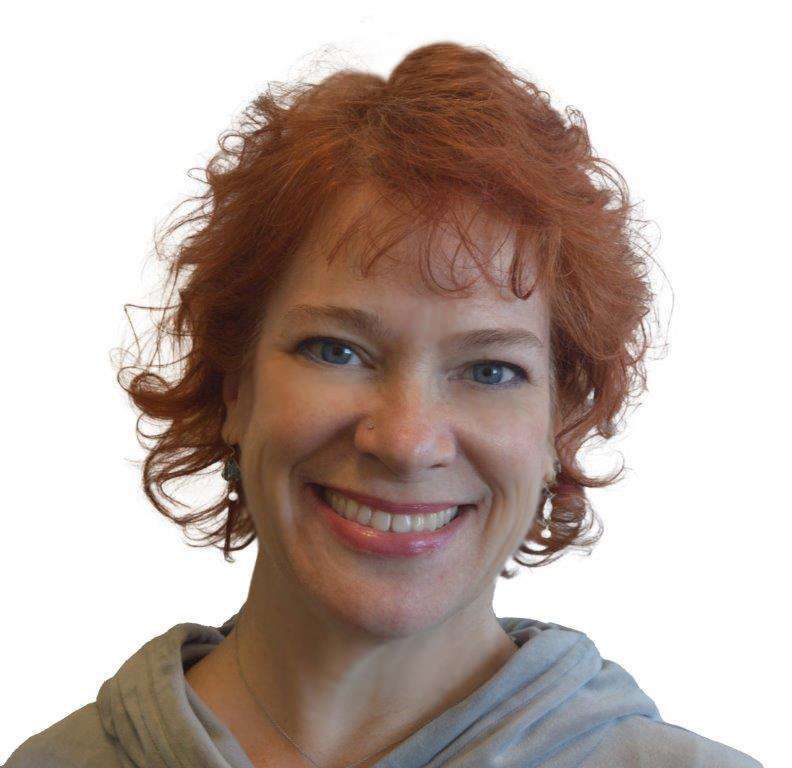
Weber Group is a seasoned design-build company with an extensive portfolio of projects and a comprehensive range of services. They helped Kentucky Kingdom expand from a 10-acre park to a 70-acre park and worked on projects from Great Wolf Lodge to Six Flags – not to mention countless museum and zoos across the country.
Weber constructed all the park’s facilities: food service buildings, restrooms, guest services and other general commercial construction. They oversaw the job site, managing electricians, plumbers, framers and other subcontractors. Weber also had their fabrication shop creating nearly all the theming, with carpenters and installers on site. Many of the elements were built in Weber’s 50,000-square-foot Sellersburg, Indiana, shop and then trucked over to Iowa for installation. Rockwork and some theming fabrication was handled by COST of Wisconsin and park signage was created by local Iowa company Signs & Designs in Cedar Falls.
Bleck & Bleck Architects rounded out the park development team. Partners Bob and Chuck Bleck are second-generation architects who got their start in the attractions industry working on The American Eagle roller coaster at Six Flags Great America (then owned by Marriott). They have worked on projects for other Six Flags parks, Kings Dominion (Jungle X-pedition), Holiday World, Worlds of Fun, Crayola Experience, Columbus Zoo and more.
Bleck & Bleck held two contracts for Lost Island. They were contracted to Weber Group as architect of record and engineer of record services for all the buildings and rides. Their second contract was directly with the Bertches for engineering all the ride foundations as well as civil engineering bridges and seawalls for the park’s new 40-acre lake. Midway through the project they took over civil engineering for the entire park. As part of that, they provided engineering analysis for some of the refurbished rides to ensure they complied with Iowa code.
One of Bleck & Bleck’s strengths comes in their extensive knowledge in code compliance. “Our local municipality is one of the strictest code compliance areas, so it is easy to transfer our skills when we go elsewhere and bring that high level of code compliance with us,” explains Bob Bleck. “We know what regulators are looking for and we help make their jobs easy.”
Building a story
For the Bertches, a compelling story was critical to the new Lost Island Themepark from day one. Not only is it more fun for guests but it’s smart business. Park visitors looking for more than just thrill rides seek an entertaining and engaging story that gives them a reason to return and explore the park further. Once visitors are invested in the story, it opens doors to themed retail and dining options and even expansion into digital and virtual worlds. It’s a page taken from the playbook major park operators developed years ago, but is now regularly used by regional parks, pop-up attractions and newer experiences such as the Meow Wolf and Illuminarium venues. It’s placemaking writ large, and it requires a special brand of architects, engineers and designers to understand how that story integrates into a project to give it a sense of place.
Bertch explains how the story was developed: “We started with just extending the Lost Island Waterpark concept to the theme park, creating a tropical oasis with a bunch of rides. The more that we thought that over, we realized that there needed to be more than just a fun environment.
“At a waterpark, people are looking for the ambience of waves crashing while they are lying in a lounge chair. In an amusement park there’s very little sitting going on; people are eating, or they’re walking around, and once they’ve ridden the rides they want they leave.
“So how do you get them to stay in the facility? There has to be more. That was where we took the island theme and really expanded it from just a representation of a tropical place to an actual immersive story-based concept.”
Having worked on the waterpark, the BDR team was familiar with the Polynesian theme and how the Bertch family wanted to expand the story into the theme park. BDR’s team developed the initial story concept and helped bring the story into the park’s lands, designing at least one major ride for each land that helps convey the narrative.
The park is centered around five realms (each with their own themed land): Mura (Fire), Awa (Water), Udara (Air), Yuta (Earth) and Tamariki (Spirit).
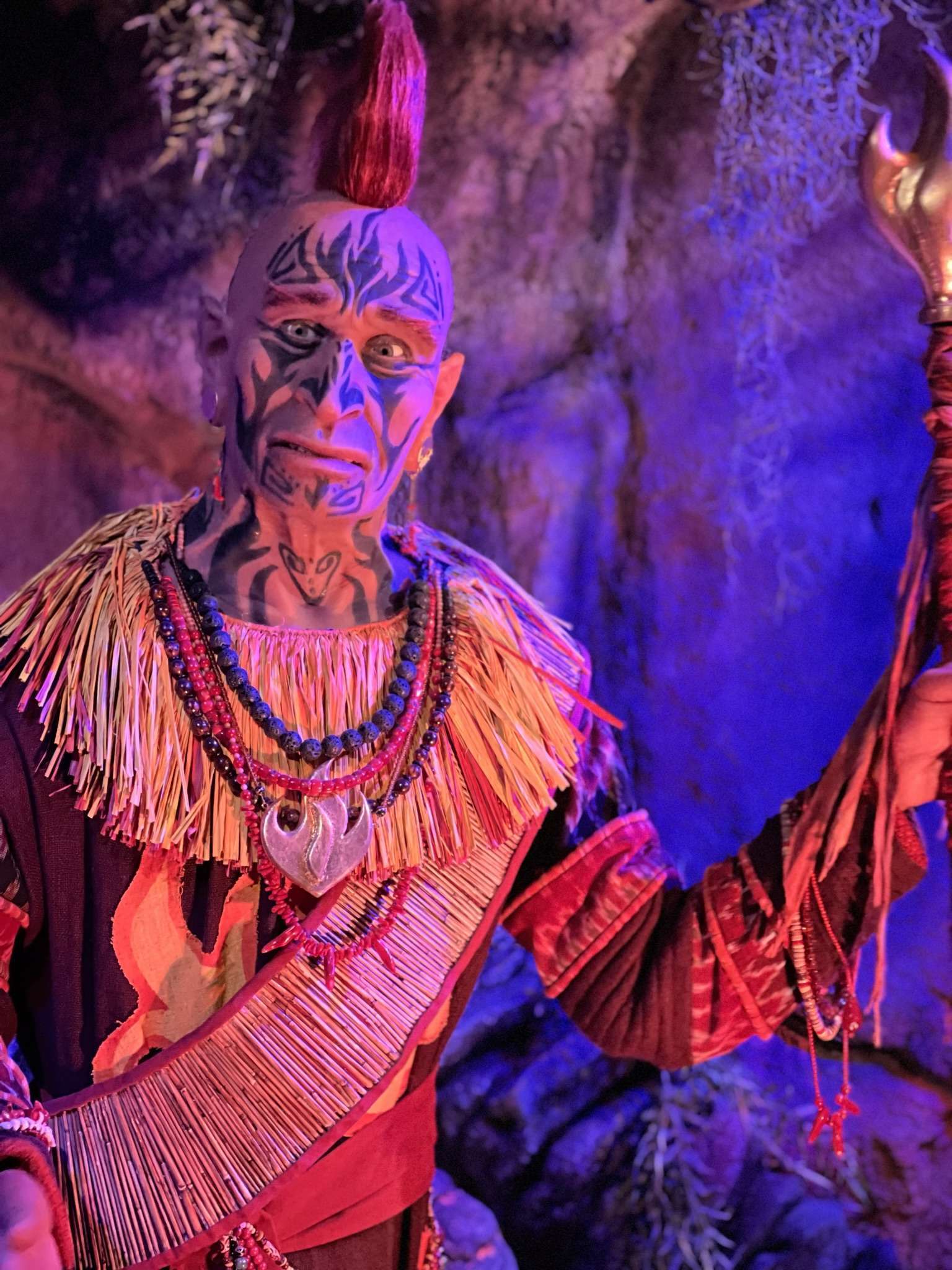
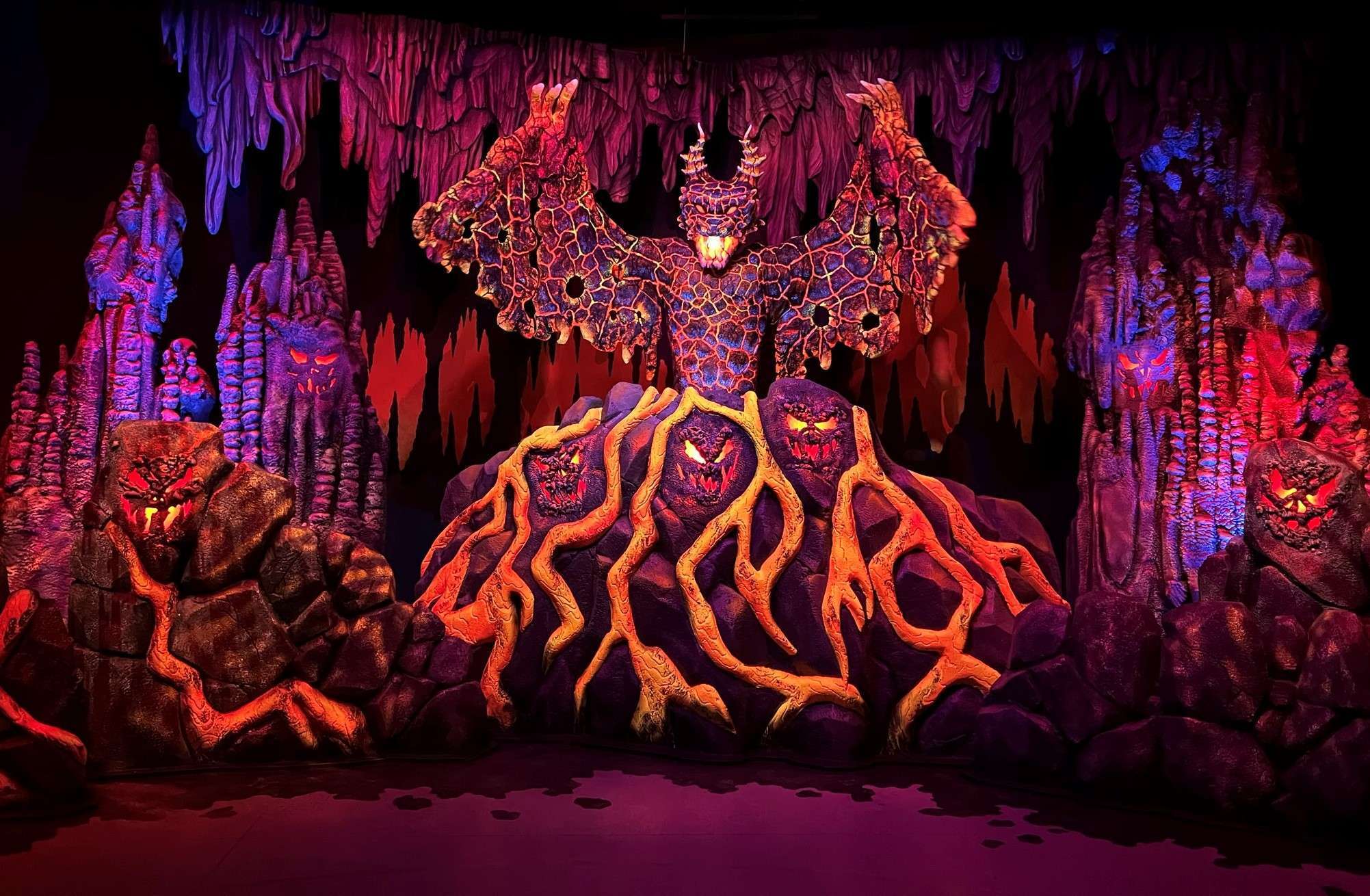
As the backstory goes, long ago a mysterious event created the fire demon Volkanu, who, in turn, obliterated the island. The five realms were able to capture him and put him in a temple of fire in the volcano, locked in by a golden statue. Someone has stolen the idol, allowing Volkanu to break free and potentially destroy the island again. Guests are encouraged to help the realms find the idol and keep Volkanu imprisoned.
Throughout the park, guests learn more about the event that created Volkanu as well as the histories of the realms and their peoples. Information is shared through ride queues, scenery throughout the park, and through a custom app. In addition to providing pertinent logistical information about the park, the app also includes story-enhancing games and features for guests to explore. The app was created by Holovis and inspired by a mobile game they created for Cedar Fair called “The Battle for Cedar Point.”
The story reaches a zenith at the VOLKANU: Quest for the Golden Idol dark ride, built by Sally Dark Rides. The 4D interactive ride brings all the elements of the story together and lets guests have a hand in determining the outcome.
Sally is well respected for their interactive attractions that bring destination-park quality rides to regional operators around the world.
Max Weber credits the Bertches for bringing Sally to the park and says it best: “Having a Sally dark ride in the middle of Iowa is incredibly impressive.”
The story has been a part of the park since its inception and is fully integrated into the park design. “We have a language that people can pick up and learn. There are messages and slogans hidden throughout the park. Each of the realm characters is geo-located in the app, so you can virtually collect them as you’re exploring the rest of the park,” explains Bertch. “From the start we have been focused on cultivating a sense of wonder and getting guests to feel the authenticity of the place and want to find out more about it.”
Building a park
With a fully developed story and a strong team heading up design, architecture, engineering, fabrication and construction, Lost Island Themepark was well on the path to success. But building a brand new theme park out of a soybean field comes with some significant construction and engineering challenges.
One of the first involved water. It’s hard to have an island without water and the soybean field had only a small creek that ran diagonally across the land.
“From the beginning we envisioned a large feature lake to be along one whole side of the park, using that water feature further to create the ‘island’ at Lost Island Themepark. Initially we wanted to expand the existing waterway to create the lake for the park,” explains Stefanie Hawk, Senior Project Designer and Project Director for BDR. “But the approvals process to enlarge the existing waterway was prohibitive, and it ended up being easier to reroute the waterway and create a lake for the park.”
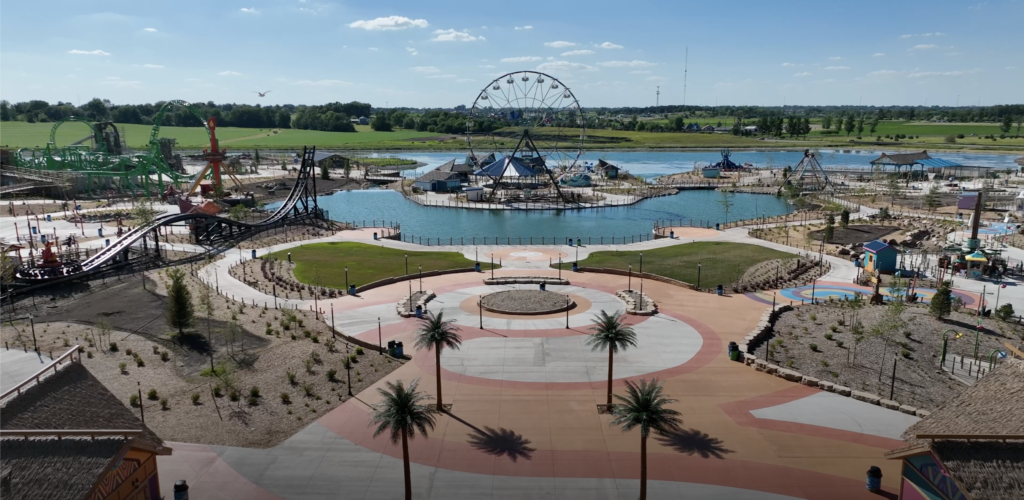
Bleck & Bleck also assisted with the civil engineering and stormwater management. “The Chicago region is a leader in water resource management, so we are very familiar with those policies and best practices,” says Chuck Bleck.
In addition to engineering safe waterways, Bleck & Bleck was charged with ensuring the entire park was built in a safe manner while making risk management systems invisible to the end user. “It needs to look thrilling and risky, but not actually be risky,” explains Bob Bleck. This expertise comes from truly understanding what Bob and Chuck Bleck refer to as “the confounding nature of amusement rides (specifically, a self- propelled ride vehicle inside a building or on a track).” They cite their work on the VOLKANU dark ride as an example. The flame effects within the attraction require a specialized smoke detection system be installed and integrated with the other building safety systems.
One engineering problem the team helped solve actually involved moving rides around in the park. According to Bleck & Bleck, original designs had the Matugani launch coaster from Intamin where the Yuta Falls flume ride is now located. But the soil under that site was not stable enough to support the specific requirements of the coaster without the use of an expensive driven pile or drilled concrete pier deep foundation. However, in excavating the park’s lake a large amount of compactible high quality fine sand was available and mined from the lake bed and spread under the Yuta Falls flume area. Since the flume has more tolerance for variations in settlement and the sand can be easily compacted to minimize settlement, the location of the two rides was swapped, saving a large amount of time and money.
Moreover, the move enhanced the guest experience by having the guest midway pass underneath Matugani’s top hat element. As both rides were in the Yuta Realm of the park, no re-theming was needed.
The three companies often worked together on theming and employed their collective knowledge on the special use nature of different buildings in a theme park. Design is reinforced through creative engineering and thematic fabrication. The Luau Center at Lost Island is a great example with its structural steel painted to look like bamboo and large timber truss beams exposed. “It adds so much visual intrigue when you can express a beam,” Chuck Bleck says. “Compare that to the Volkanu dark ride, where you want to hide as much of the building structure as possible.”
The park was also designed from the start for expansion. Each realm has at least four rides operating, and BDR designed additional rides for future growth as well as preserving expansion areas for each realm. Notably, the opposite side of the lake has prime real estate available for eventual development. All of it was designed in service to the park’s narrative.
“We wanted future expansion to add an incremental dimension to the story,” says Robinson. “So we planned precisely for that opportunity.”
Building an island
The entire team agrees that the genius of Lost Island is in the attention to detail. The story is woven throughout the park, in building design, small set pieces and in ride queues. At first glance, the depth of detail is rather hidden. Having been built out of a soybean field, the park is relatively flat, so you get to see just about the entire park as you walk through the front gate.
“There’s a big reveal element right away as you get to see the park,” explains Amy Pender, Design Project Coordinator for Weber Group. “But the real payoff comes when you start to slowly walk through the park and pick up all the details that are literally around every corner. Everywhere you look there’s something cool to see, which you don’t always find in smaller parks.”
Weber helped fabricate a lot of those details. In addition to fiberglass construction and theme painting they built decorative gables, building facades, thematic props for each of the five realms, and, according to Pender, “so many murals.”
“Being able to be the construction manager from the ground up on a project of this size and deliver so much of the theming work has been an honor for us,” says Pender. “This project has really shown how Weber likes to figure things out. I think that’s what we do best.”
Building a legacy
The entire team faced challenges throughout the park build, including harsh winters, a pandemic, excessive rain (by some reports, the cumulative rain days extended the project by almost a year), rapidly rising materials costs and a steady labor shortage. Most were remedied by relying on the team as well as the leadership of the Bertch family. Everyone repeatedly mentioned the ease of working with the Bertches and the benefits of the tight-knit family team.
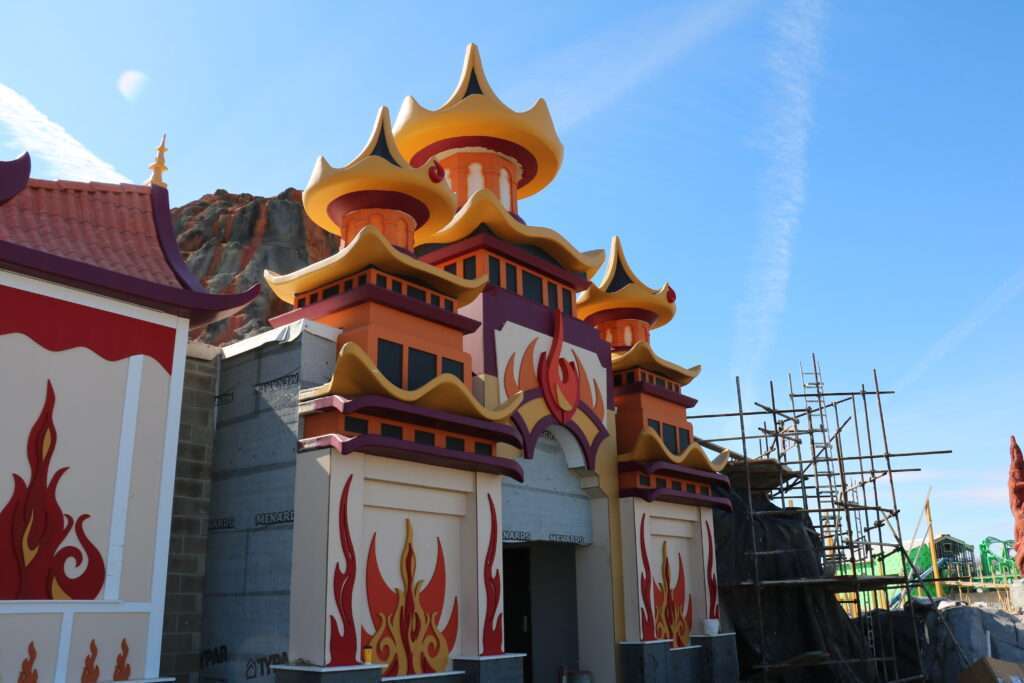
“The Bertch family was hands-on the whole time, which was fantastic,” says Weber’s Pender. “When you’re doing design work, having a client that wants to be involved in all aspects of it is so helpful.”
“They made decisions right then and there,” says Max Weber. “There was no red tape because the Bertch family really streamlined the decision process.”
“We were essentially designing it for friends,” says Bruce Robinson. “So we wanted it to be as great as they expected.”
“I think the thing that separates Lost Island from other parks is that they’ve spent not only the investment of money, but also the investment in an idea, a theme, and getting this team of industry professionals to create and craft that story,” says Chuck Bleck. “It’s fine to say that it’s a theme park that has a lot of rides, but it’s really much more than that. The Bertches took Lost Island Themepark to the next level.” • • •


